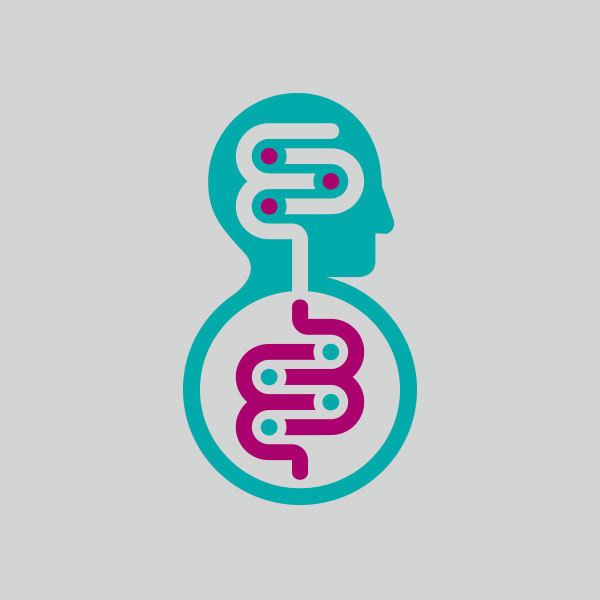
Dry January, a phenomenon that started in Scandinavia and has now gained more popularity in other parts of Europe. During “Dry January” people challenge themselves to temporary abstinence from alcohol for one month, in order to detox their bodies after the holiday season. The media states that one month alcohol abstinence has a beneficial effect on your sleep pattern, alertness, mood, weight, skin and your liver. Because I am currently participating in Dry January I was wondering if the results of alcohol abstinence for a short period of time are studied, and what these results might be.
Before we can understand what beneficial effects a month without alcohol can have, we need to know what alcohol does to our body. Alcohol has, amongst other things, an influence on our liver and on our mental health. When we consume alcohol, a part of the brain that is related to reward becomes active: the striatum. Also, dopamine is released which has an influence on feelings of reward and the control of impulsive behaviour. While the striatum is activated, the prefrontal cortex is inhibited which regulates impulses and emotion regulation.
When we consume an alcoholic beverage, the alcohol is absorbed in our blood which in turn is filtered by our liver. Alcohol damages the liver by stimulating the liver cells, which causes them to die. This leads to scarring of liver cells (fibroses) and to shrinkage of the liver itself (cirrose). People with liver cirrose have a higher chance of developing liver cancer. The positive part of this story is the self-recovery function of our liver. Your liver can recover for up to 70% if you put aside alcohol for at least one month.
Researchers from the RadboudUMC1 in Nijmegen (2017) and the University of Sussex2 (2015) studied voluntarily temporary abstinence from alcohol to gain more insight in the effects of alcohol abstinence and alcohol use after Dry January and to gain more insight in the possibility of health-related benefits.
After going for a month without alcohol, 62% of the people reported better sleep and more energy2 and 57% had more concentration. Also alertness was tested: participants who drank alcohol showed more impulsivity and were therefore quicker, but made more mistakes. After Dry January these participants reacted slightly slower, but more accurate.
Also various health related benefits were reported: less liver cells were stimulated2 or died1, 54% had better skin and 70% had generally improved health2.Also a reduce in belly fat was measured1, this can be explained by the process in which the body breaks down fat cells, this process is slowed down by alcohol. Besides, the lowering of belly fat is also a result of a reduction of calorie intake (one glass of wine for instance has 82 kcal). Another quite important benefit: 88% of the participants saved money2.
Before these studies there was some negative criticism against Dry January. Professionals were scared that people would experience a rebound effect after the dry month, resulting in more alcohol consumption. However, the results reveal the opposite: one month of alcohol abstinence led to less alcohol consumption in the following six months2. Saying “No” to alcohol for a month created an awareness about the effects of alcohol and the participants gained insight in their drinking behaviour2.
Taken together it seems that quitting alcohol, even for a short period of time, has lots of beneficial effects. No reason to not try a dry month this year!
Referenties:
1) Munsterman, I. Tjwa, E., Schellekens A. (2017). “Lever rust uit van een maand niet drinken”. https://dekennisvannu.nl/site/special/Een-maand-zonder-alcohol/82
2) De Visser, R.O., Robinson, E., Bond, R. (2016) Voluntary temporary abstinence from alcohol during “Dry January” and subsequent alcohol use. Health Psychology, Vol 35(3), 281-289
